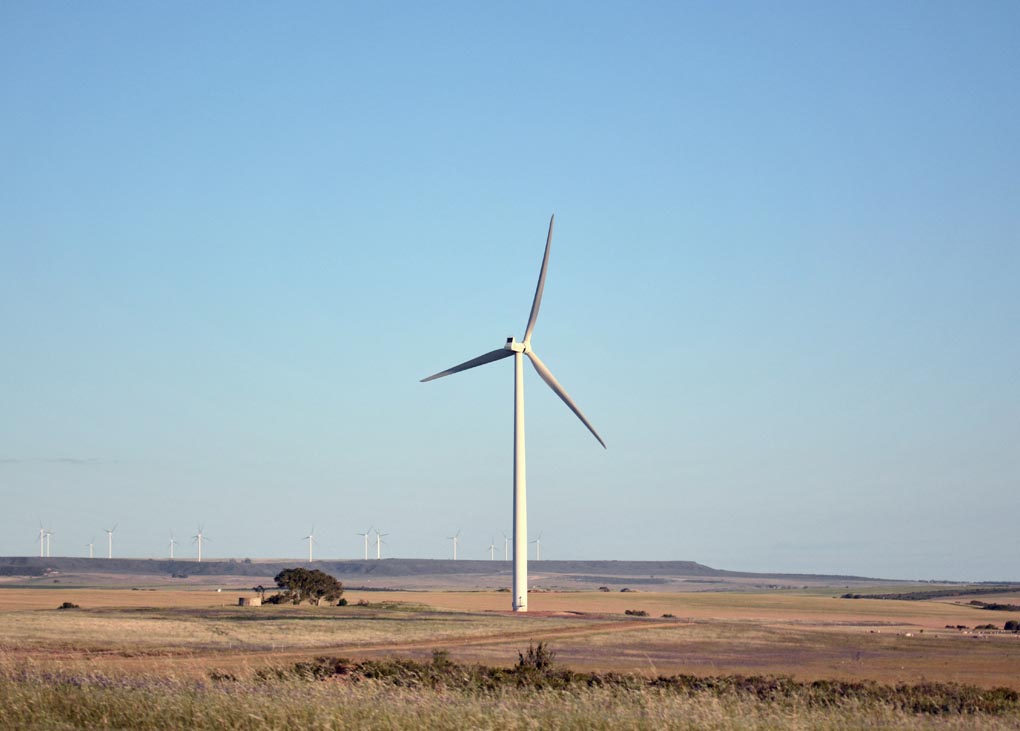A meeting of Australia’s energy ministers on Friday has been hailed as a vital step towards net zero, with the environment to be included as part of the National Energy Objectives.
Ministers agreed the vision, principles and key initial priority areas for a new National Energy Transformation Partnership. They described this as “a fundamental reset of relations across governments, and the first fully integrated national energy and emissions agreement”.
The first action under the Partnership is to include an emissions objective in the National Energy Objectives. Previously, decisions were made based on purely economic criteria.
“This might not sound much, but this is the first change to the national energy objective in 15 years,” says Minister for Climate Change and Energy Chris Bowen.
“It sends a very clear directive to our energy market operators that they must include emissions reductions in the work that they do, the objectives they have, or any advice or decisions they make.
“It also builds on the passage of the government’s climate bill through the House of Representatives last week.”
According to the Climate Council, the change could pave the way for tens of billions of dollars in new infrastructure, generation and storage that will fast-track the shift from coal and gas to a renewables-based grid. It is also expected to reduce the cost-of-living pressures facing Australians.
“Although the devil will be in the detail, agreement to add emissions to the National Energy Objectives (NEO) is momentous,” says Climate Councillor and former President of BP Australasia Greg Bourne.
“What’s more, the cooperation between federal, state and territory ministers is enormously positive. This could not be further from where we were less than two years ago when the previous energy minister faced a revolt from the states and territories over a national energy and emissions plan.”
Bourne says that incorporating environmental concerns back into the NEO is a landmark move finally bringing Australia one step closer to a zero-emissions energy system that addresses climate change.
“There are growing calls for energy planning to incorporate environmental concerns, including multiple court cases that challenge the approval of fossil fuel projects on climate grounds, and calls to include a ‘climate trigger’ into the country’s national environment law, the Environment Protection and Biodiversity Conservation Act,” he says.
“We know that Australia must ratchet up its emissions-reduction efforts and deliver far more than 43 per cent cuts below 2005 levels by 2030. Policy changes like incorporating the environment into energy planning are essential for accelerating and scaling up Australia’s climate action.”
Fellow Climate Councillor Andrew Stock has also welcomed the decision.
“This marks the end of decades of the NEO’s failure to consider the impact of electricity generation on the climate and the environment,” says Stock.
“For too long, the NEO has allowed industry and regulators to ignore the impacts of electricity sector greenhouse gas emissions, enabling investment in polluting technologies like coal and gas, which have driven up emissions as well as electricity prices. This change paves the way for low-cost, low-emissions energy sources – renewable energy like wind and solar – to play a greater role in Australia’s energy system.”
 Mark Vender
Mark Vender


Leave a Reply